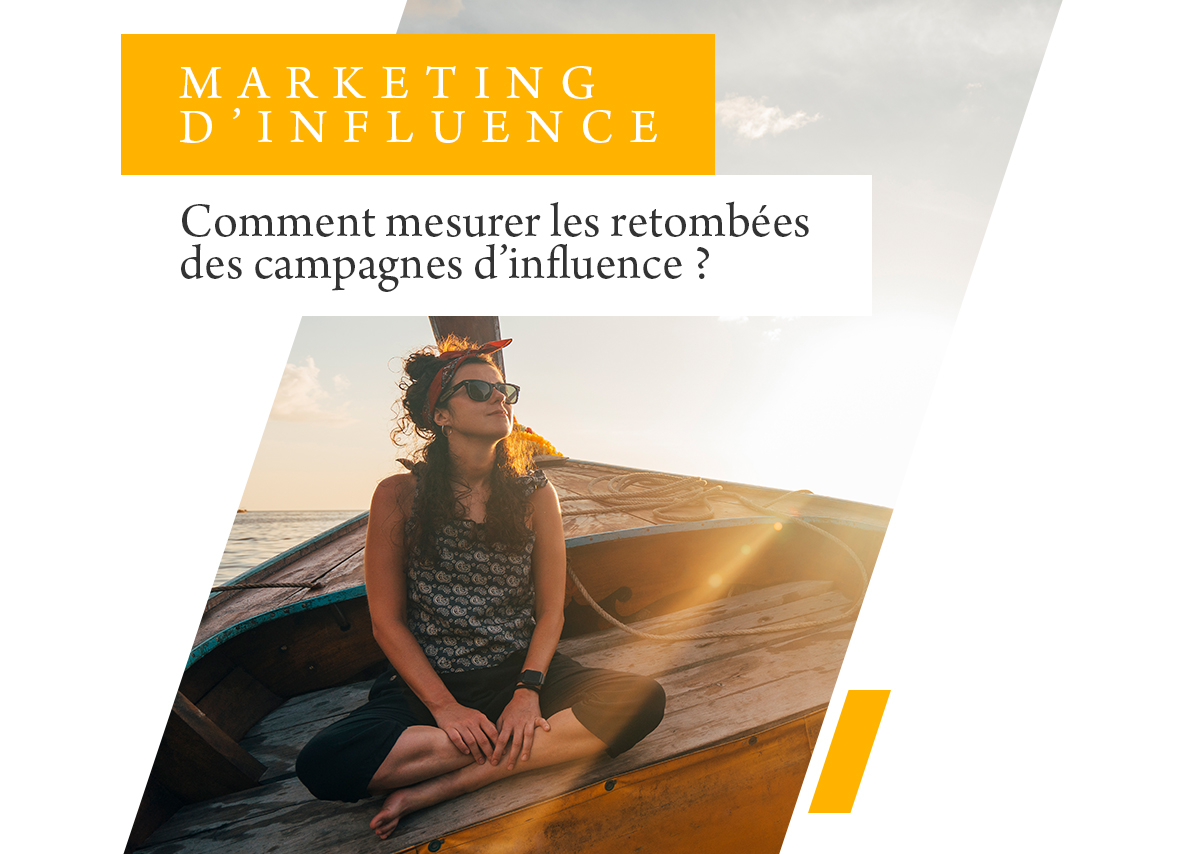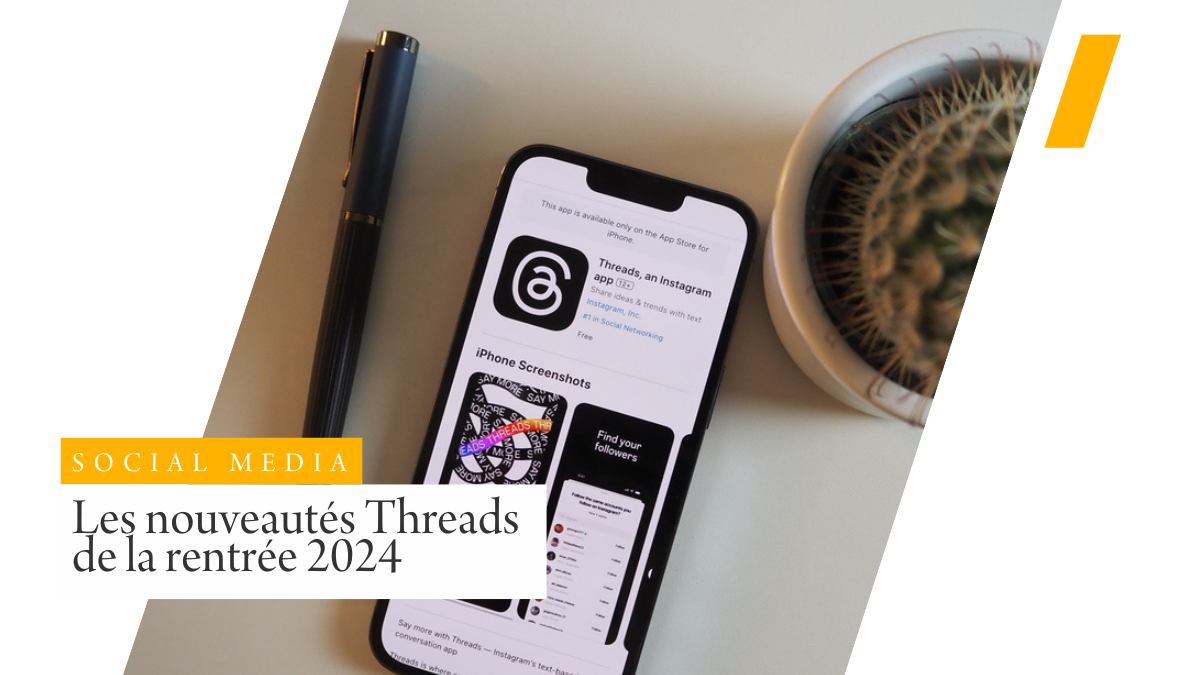Many influencer campaigns are carried out every year in the tourism sector.
As with any marketing campaign, it is essential to measure the impact of these campaigns in order to determine their effectiveness.
As you can see, this analysis represents a very important challenge for any company.
The main objective of an influencer campaign is to transform marketing efforts into business for the brand.
We’ll take a look at how to measure the impact of influencer campaigns in the tourism industry, and which indicators to rely on.
What are the key indicators?
First of all, it’s important to mention that there are two types of key indicators: Perception indicators, which measure the impact of the campaign on brand awareness and visibility, and sales indicators, which measure the impact of the campaign on e-commerce sales.
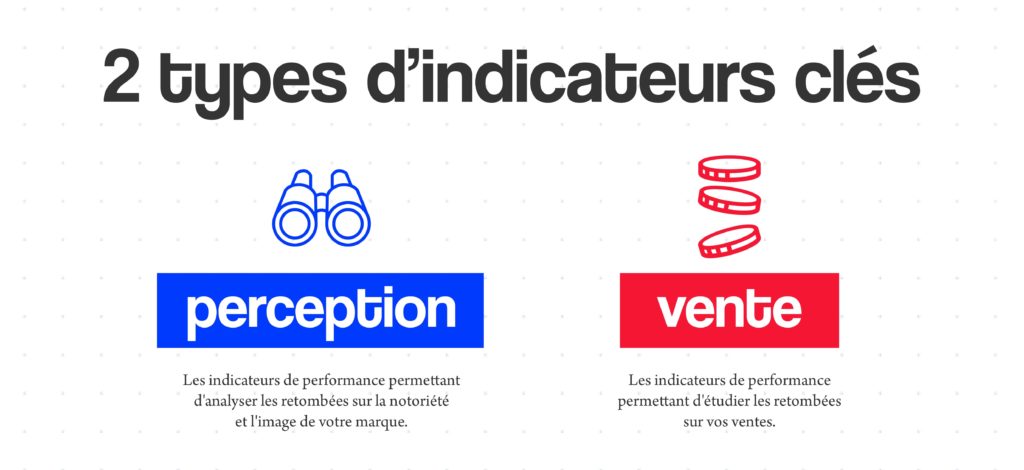
First, we need to analyze the overall statistics of the influencer campaign:
- Engagement rate: this rate represents the number of people who have interacted with the influencer’s publications in relation to the total number of people who have seen the publications.
- Reach: The total number of people who have seen the influencer’s content.
- Likes, comments, shares, mentions: this data will show the engagement generated by the product designed by the influencer.
- Impressions: This will show the number of times your posts have been viewed.
- Clicks: Clicks allow us to see the level of interest your target audience has in your brand.
- Traffic: With tracked links, you can measure the traffic generated by your influencer.
KPIs measuring campaign engagement (likes, comments, shares…) are used to calculate Earned Media Value.
Each interaction represents a value.
If they add up to more than the cost of activating the influencer operation, we can deduce its success.
These values are determined according to the Ayzenberg index, a research institute that assigns a market value to each performance indicator.
MVE is an interesting tool for measuring the value of a publication and the budget required to reach its target audience.
However, this indicator has certain weaknesses that need to be taken into account.
For example, the number of fake accounts can distort the results, and the criteria for calculating MVE necessarily vary from one brand to another.
It is therefore important to keep the use and relevance of this indicator in perspective, as it does not take into account ROI (campaign sales and benefits).
Studying these “classic” statistics will help us judge the real interest and commitment of web users to your brand.
This will give you an initial idea of the effectiveness of your campaign.
How can you track your influencer campaign?
It’s interesting for your brand to measure the conversion rate of the campaign you’ve carried out.
To do this, we can advise you to associate a promotional code with each of the influencers you use.
Thanks to this code, you’ll know exactly how many leads were generated by each operation.
On content published on social networks, you can also track the origin of traffic via links tracked with UTM codes (bitly, for example).
If no tracking is set up, you won’t know the origin of the buyers generated by the influencer campaign.
As for Youtube, it will be one of the easiest to track, as Youtube and Google Analytics belong to the same environment.
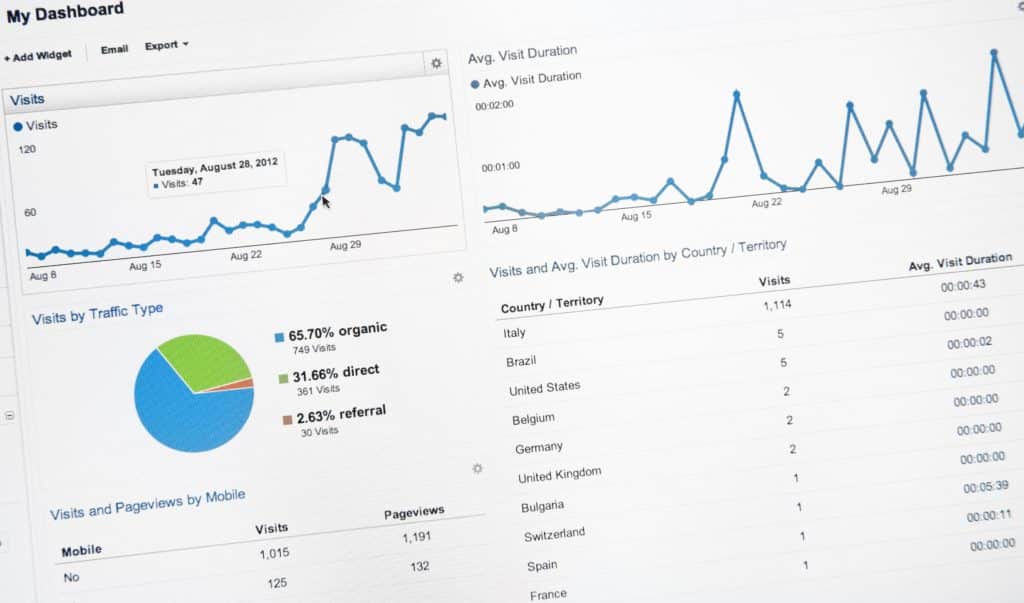
Google analytics will enable you to determine the quality of traffic coming from the influencer operation. What is the average session time?
Which pages were consulted?
How many pages did the user visit?
What if we went further?
Having carried out this initial study, we can now go a step further in measuring the impact.
These “classic” statistics are operational, but they don’t really show the impact of the influencer campaign on the business.
It’s important to link marketing indicators to the business in order to get a true picture of loyalty and acquisition.
A study can be carried out by encouraging the influencer to ask 4 questions at the end of the campaign: the aim is to ask these questions at exactly the same time to the different panels in order to see if brand awareness has improved.
We can also measure the impact of the campaign on consumer behavior, and see if there are any purchase intentions.
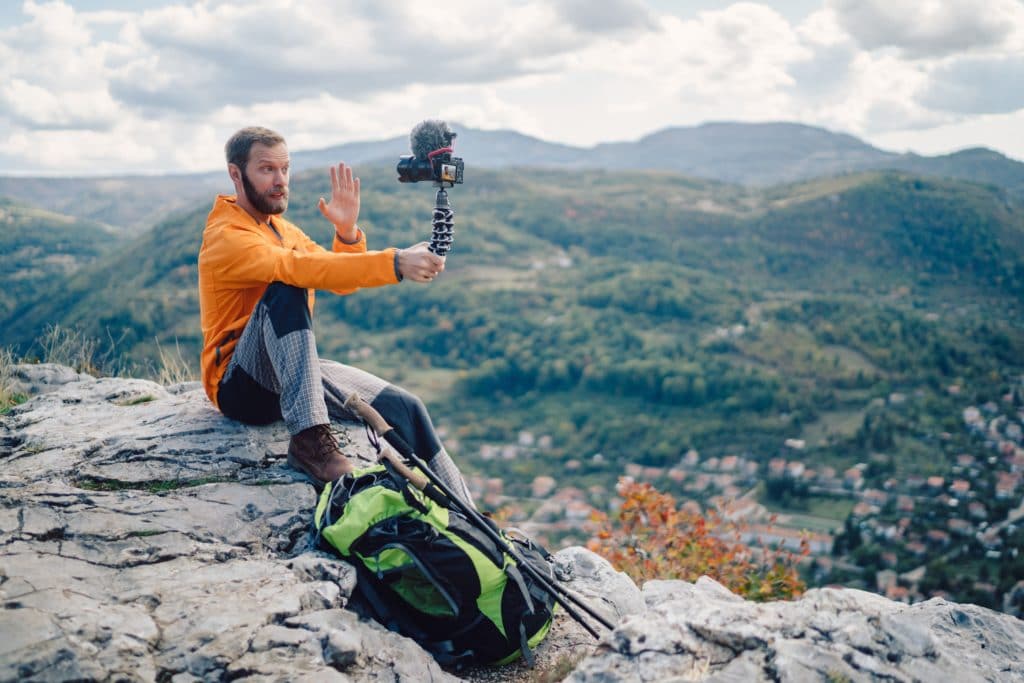
Finally, we understand that, following an influencer campaign, you’ll be keen to know its ROI and cost of acquisition.
However, this indicator is complicated to measure, because the objectives of an influencer marketing operation are not limited to bringing traffic to your website.
In fact, the objectives of an influencer marketing campaign can be many and varied:
- Develop your reputation and visibility
- Promote a product or service
- Improve your brand image
- Evolve your positioning
- Generate sales
That’s why we recommend breaking down your budget.
We can deduce that around 25% of it is used for acquisition.
To obtain a realistic acquisition cost, use the following formula: 25% of influence budget / number of leads*100

You’ll then be able to get a concrete idea of the cost of the campaign and the benefits gained from it.
Setting up a dashboard
For effective analysis of your metrics, we recommend setting up a dashboard that will enable you to clearly identify sources of optimization for your influencer campaigns.
Thanks to this dashboard, you’ll be able to track target behavior, report on the key data collected, analyze the results and highlight what worked well and what didn’t, in order to identify the optimizations you need to implement as a result.
The dashboard will also enable your operational team to track your objectives and have an overall view of your investments.
A common nomenclature is necessary to make it comparable with other levers.
In this way, the dashboard represents the simplest solution for measuring the effectiveness of an influencer campaign over time.
We also advise you to compare your influencer campaigns with comparable levers: in other words, compare them with other influencer campaigns carried out previously with the same objectives.
You can then judge the effectiveness of the campaign by analyzing what worked better or worse.
However, it’s important to bear in mind that every influencer is different, with different creations, different reach…
Finally, at the end of each campaign, it’s a good idea to create a report to clarify all the data collected and highlight the work done.
The aim of these measurements is to learn from them to improve your future influencer campaigns.
You’ll now know which types of content are relevant and effective for your target audience, you’ll also be able to identify which influencers are the most coherent for your brand, and this may lead you to create a long-term relationship with them.
For each campaign, you’ll need to adapt the KPIs to your objectives and criteria to best meet your needs.
Influencer marketing requires a great deal of thought when it comes to measuring the impact of operations, but the results generated are generally very positive for a brand.
